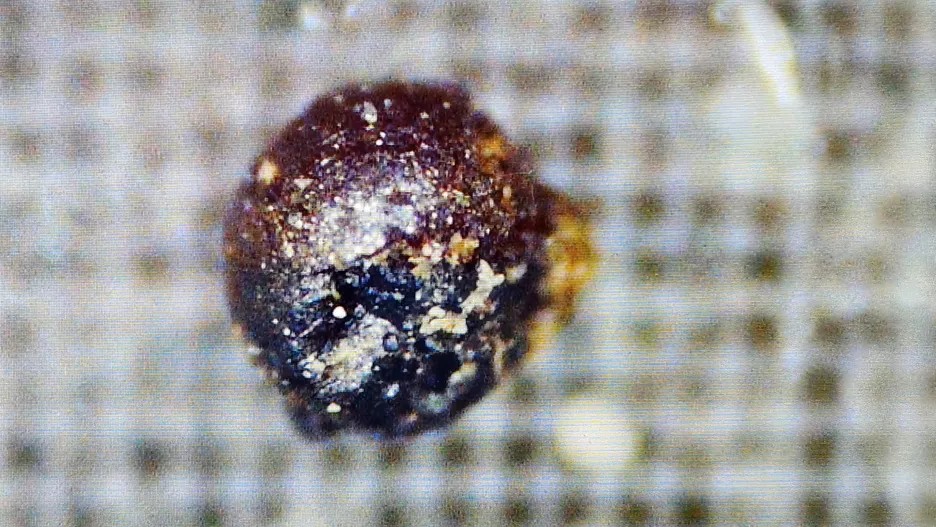
For nearly a decade, hundreds of tiny magnetic spheres shed by an extraterrestrial visitor lay deep beneath the Pacific Ocean. Now, the minute pellets have been dredged up by a scientific expedition — and they're fueling a media frenzy that some scientists feel is unearned.
In 2014, a fireball blazed across the sky above Papua New Guinea, shedding debris as it passed. A U.S. government sensor stationed nearby measured its speed at more than 110,000 mph (177,000 km/h), and NASA's Center for Near-Earth Object Studies (CNEOS) detected its fall. The meteorite splashed down in the ocean about 53 miles (85 kilometers) offshore.
Avi Loeb, an astrophysicist at Harvard University, is on a quest to find it. Based on its extreme speed and trajectory upon entry into Earth's atmosphere, Loeb believes the object, which he dubbed Interstellar Meteor 1 (IM1), is a relic from another star system. He also thinks it might potentially harbor alien "technosignatures" — traces of technology crafted by nonhuman entities — according to an interview Loeb gave with the Daily Beast.
Related: Are aliens real?
This is not the first time Loeb has hypothesized that our solar system has been visited by alien technology. Five years ago, he and fellow Harvard researcher Shmuel Bialy proposed that the weird interstellar object 'Oumuamua, which whizzed through our solar system in late 2017, was an autonomous alien probe similar to a light sail. Their paper on the object garnered a flurry of media attention, as well as both pushback and praise from the larger scientific community.
Now, backed by funding from crypto multimillionaire Charles Hoskinson, Loeb is leading an expedition in the Pacific Ocean to recover IM1. So far, the crew has pulled up more than 50 magnetic spherules — minuscule orbs made of iron, magnesium and titanium — that may be pieces of the meteor. In a recent blog post, Loeb described these spherules as "anomalous" — presumably due to their low nickel content, a common ingredient in meteorites.
"This has been the most thrilling experience in my scientific career," Loeb said of the expedition in a recent interview with Motherboard.
However, many scientists harbor doubts about the spherules' origin. In fact, they say these particular pellets might not be associated with the 2014 fireball at all.
"It's been known for a century that if you take a magnetic rake and run it over the ocean floor, you will pull up extraterrestrial spherules," Peter Brown, a meteorite specialist at the University of Western Ontario in Canada, told Live Science. Such debris has accumulated worldwide on the seafloor over millions of years from meteors dropping tiny bits of molten metal as they pass overhead, Brown added. Factoring in shifting ocean currents and sedimentary movements, "it essentially would be impossible to say that this particular spherule comes from a particular event."
Brown also recently co-authored a paper calling into question IM1's interstellar pedigree. The claim that the meteor came from outside our solar system is based on its ridiculous speed upon entering our atmosphere. However, Brown said, "particularly at higher speeds, the U.S. government sensors tend to overestimate speeds." A lower speed would also account for the object's unusual brightness profile, which didn't match what would be expected for a metallic meteor moving at over 100,000 mph (160,000 km/h), Brown said.
Of course, this doesn't mean the meteorite isn't from another star system — just that it doesn't have to be. To date, there have been no confirmed interstellar meteorite impacts on Earth, though Brown himself has spent 20 years searching for one.
As for the possibility that this is evidence of extraterrestrial technology, most of the scientific community is skeptical. "That would be an extremely cool result," Brown said. "But I don't see any evidence that would necessarily back you into such an extreme hypothesis."







